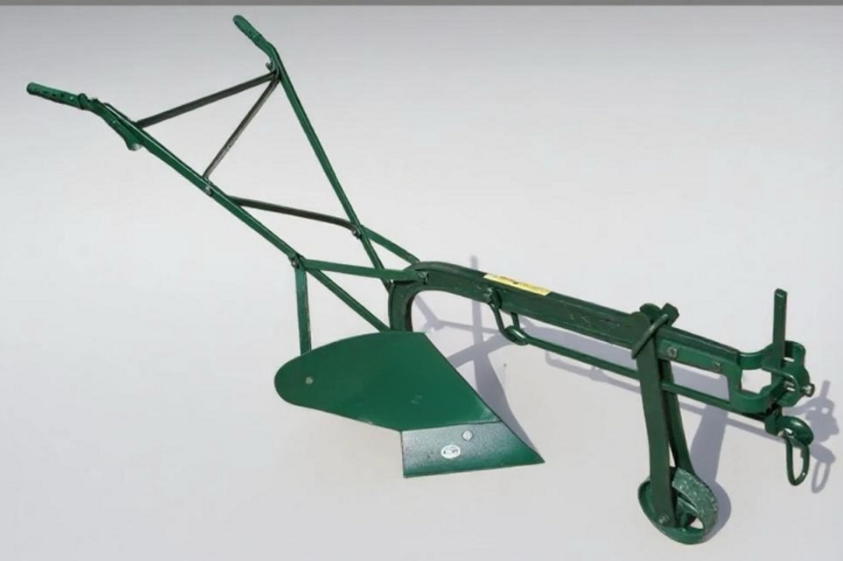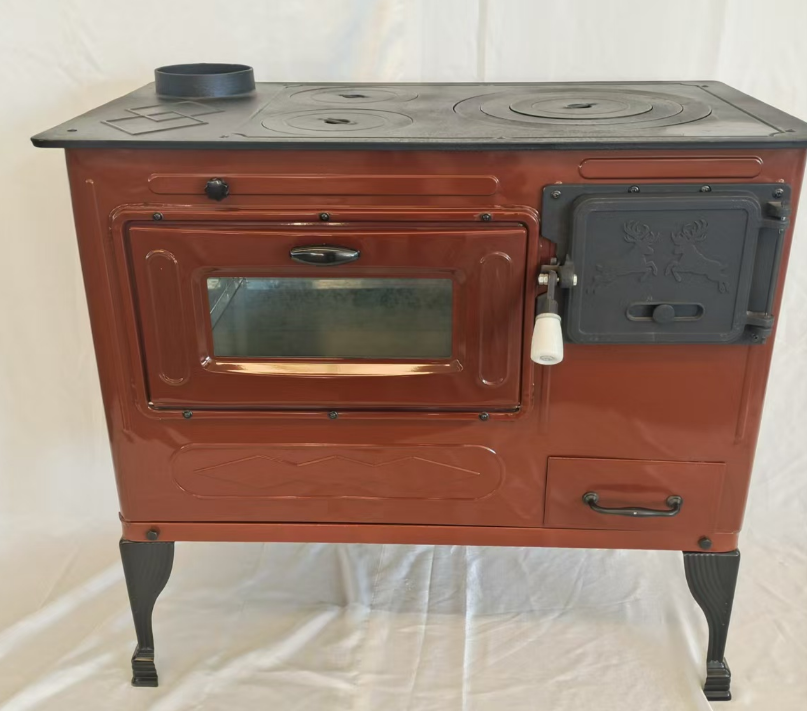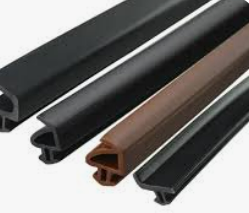-
 Plough Wheel Cast Iron Material Enhances Load-BearingNov-10-2025Plough Wheel Cast Iron Material Enhances Load-Bearing
Plough Wheel Cast Iron Material Enhances Load-BearingNov-10-2025Plough Wheel Cast Iron Material Enhances Load-Bearing -
 Cast Iron Cooking Stove Heat Retention Ensures Even Food HeatingNov-10-2025Cast Iron Cooking Stove Heat Retention Ensures Even Food Heating
Cast Iron Cooking Stove Heat Retention Ensures Even Food HeatingNov-10-2025Cast Iron Cooking Stove Heat Retention Ensures Even Food Heating -
 Rubber Strip Shock Absorption Protects Window EdgesNov-10-2025Rubber Strip Shock Absorption Protects Window Edges
Rubber Strip Shock Absorption Protects Window EdgesNov-10-2025Rubber Strip Shock Absorption Protects Window Edges
In the production of boiler auxiliary equipment, the crossbeam grate is a vital component. The selection of suitable materials plays a vital role in the performance and life of the crossbeam grate. In industrial applications, cast iron materials are commonly used in the manufacture of crossbeam grates, which have their unique advantages and applicable scenarios.
Importance of Choosing Cast Iron Stoves Material
In the production of boiler auxiliary equipment, the selection of cast iron crossbeam grate materials can improve the stability and efficiency of the equipment, extend the service life of the equipment, and reduce the cost of maintenance and replacement. The correct material selection can not only improve the working efficiency of the boiler, but also reduce the operating cost and improve the reliability and safety of the equipment. Therefore, in the production of boiler auxiliary equipment, the material selection of the crossbeam grate is crucial.
As an important part of the boiler, the material selection of the crossbeam grate is directly related to the performance and stability of the boiler equipment. In actual production, it is necessary to select suitable crossbeam grate materials according to specific working conditions and requirements to ensure the normal operation and long-term stability of the equipment. Through reasonable material selection and scientific manufacturing process, the crossbeam grate can play the best role in the production of boiler auxiliary equipment and provide continuous and stable thermal energy support for industrial production.
Functions of Cast Iron Stove Grates
Cast iron stove grates are integral components of wood-burning stoves, pellet stoves, and coal stoves, designed to enhance the functionality and efficiency of your heating system. Crafted from high-quality cast iron, these grates provide numerous benefits that contribute to better performance, longevity, and safety. Here’s a breakdown of the primary functions of cast iron stove grates:
Efficient Heat Distribution
Cast iron stove grates help to evenly distribute heat across the stove’s firebox. The material retains and radiates heat effectively, ensuring that warmth is dispersed consistently throughout the room. This promotes more efficient heating and reduces the amount of fuel needed for operation.
Support for Fuel
The primary function of a stove grate is to support the fuel (such as wood, coal, or pellets) above the bottom of the stove. This elevation allows for proper airflow beneath the fuel, encouraging efficient combustion. Good airflow helps the fire burn hotter and more completely, improving the stove’s overall efficiency and reducing emissions.
Enhanced Airflow for Better Combustion
Cast iron grates are designed with gaps or slats that facilitate the flow of air beneath the burning fuel. This increased airflow promotes a more efficient burn by allowing oxygen to reach the fuel from all angles. As a result, the fire burns cleaner, producing less smoke and creating more heat with less fuel.
Is a Cast Iron Fireplace Grate Better Than Steel?
When it comes to choosing between a cast iron fireplace grate and steel options, several factors influence the decision, including heat retention, durability, and aesthetic appeal.
A cast iron fireplace grate is often considered superior for several reasons. First and foremost, cast iron is renowned for its exceptional heat retention properties. Once heated, a cast iron grate can retain and radiate heat for an extended period, ensuring that your room stays warm long after the fire has died down. This contrasts with steel grates, which typically heat up and cool down more rapidly, resulting in fluctuating temperatures in the living space.
Durability is another area where cast iron stove grates excel. Cast iron is inherently robust and can withstand the high temperatures generated by burning wood or coal. A good quality cast iron grate can last for many years, even with regular use, while steel grates may warp or rust over time, particularly if they are not properly maintained.
Aesthetics also play a role in the decision-making process. Cast iron grates often come in various intricate designs and finishes, adding a classic and rustic charm to a fireplace. This can enhance the overall appearance of your living space, making it feel warmer and more inviting. In contrast, steel grates tend to have a more utilitarian appearance, which may not appeal to everyone.
In conclusion, while both cast iron fireplace grates and steel options have their own merits, cast iron material frequently stands out due to its superior heat retention, unparalleled durability, and appealing aesthetics. For those looking for a lasting and effective solution, investing in a cast iron grate is often the best choice for enhancing both the functionality and beauty of a fireplace.
Best Way to Clean Cast Iron Stove Grates
Cleaning cast iron stove grates properly ensures they remain in excellent condition and perform optimally. Follow these steps to clean your grates without causing damage:
1. Remove and Soak
Carefully remove the grates from your stove and soak them in hot, soapy water for about 15-20 minutes. This helps loosen grease and food residue, making cleaning easier. Avoid using harsh chemicals, as they can damage the cast iron's seasoning or finish.
2. Scrub with a Soft Brush
Use a nylon or soft-bristled brush to scrub away stuck-on debris. Avoid metal brushes or steel wool, as they can scratch the surface and remove the seasoning. For stubborn spots, make a paste of baking soda and water, and apply it to the grime before scrubbing gently.
3. Rinse and Dry Thoroughly
Rinse the grates thoroughly with warm water to remove all soap and residue. Pat them dry with a clean towel, and ensure no moisture remains, as water can cause rust to develop.
4. Re-season the Grates
To protect the cast iron, apply a thin layer of vegetable oil to the grates and heat them in the oven or on the stove to re-season. This restores the non-stick surface and prevents rust.
With regular care, your cast iron stove grates will stay clean, functional, and long-lasting.
メッセージを残す





